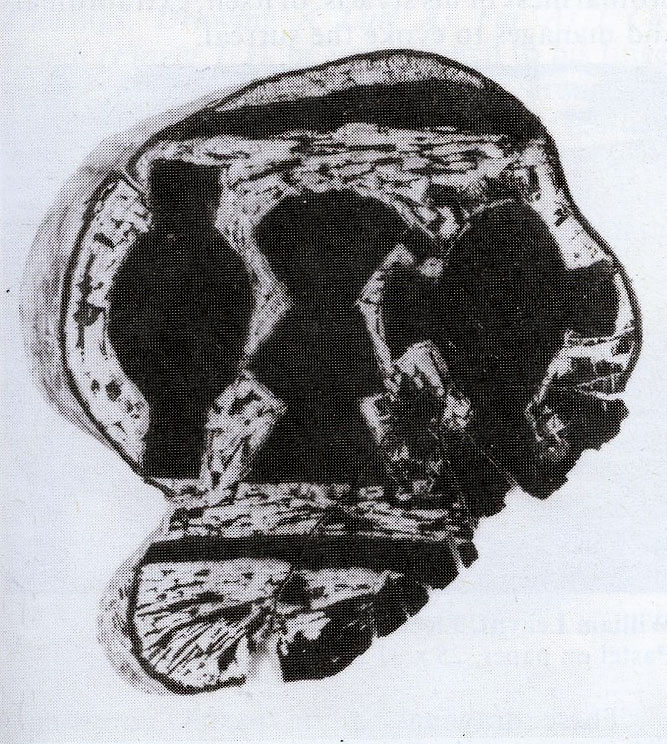
Domenico Bianchi, Mad and desperate study, 1983/84, Oil on wood, 13.5 x 12 x 3 inches
The surface textures of Bianchi’s large abstract paintings jump from a gray expanse of sagebrush blown desert to a wave scudded sea blackened with octopus ink. For the viewer, it is an arduous journey, a jangled encounter with unfamiliar terrain uninhabited, primordially wild yet strangely beautiful. In one untitled paint- ing, butter cream encaustic slathers the surface with a shiny skin, elastic and white. A lone beacon centers the canvas, a jig-sawed porthole that carries the look of whitewashed wood shingles. This central anchor offers some refuge from the untenable prairie that rules outside. As a collaged element, the sculpted window is planted in the landscape, a rough-hewn outpost that glimmers with a brooding intelligence.
Bianchi titles this ambitious suite of paintings, Studio Matto e Disperatissimo (Mad and Desperate Study.) Letter-pressed to the gallery wall, a slab of carved wood hovers over the title, its skull-shaped visage branded with a hieroglyphic set of eyes and a mouth that howls the echo of Munch. The “disperatissimo” of the shamanistic skull roams from painting to painting like a jackal, the arch foe of the artist who created him. who created him.
In one unearthly passage (strains of Brian Eno can be heard) a Turner-esque fog shrouds the work, a dramatic device usually reserved for the ghostly entrance of Hamlet’s father.
But Bianchi prefers Kafka (and Pirandello) to Shakespeare, and out of the fog a winged insect settles over the porthole, awaiting further metamorphosis.
The mixed media barrage of encaustic, wood- cut, paper pasted on canvas, rubber and wood segued into the work, produces trompe l’oeil fodder for the eye. The pyrotechnics (high-decibelled like Rauschenberg’s combine paintings) culminate in a giant studio painting, a bulls- eve view of the artist at the barricades. In a literal gesture that narrowly escapes triteness, Bianchi slices la Arman) a long-legged stool and embeds it in the canvas. The stool acts as a sniper’s scope for the “painting” wedged behind it, a sitting duck so to speak. Swirling around the half-real object, Rorschach demons of the void
jitter in and out of focus. the painter’s stool and finished canvas stand alone to face the onslaught.